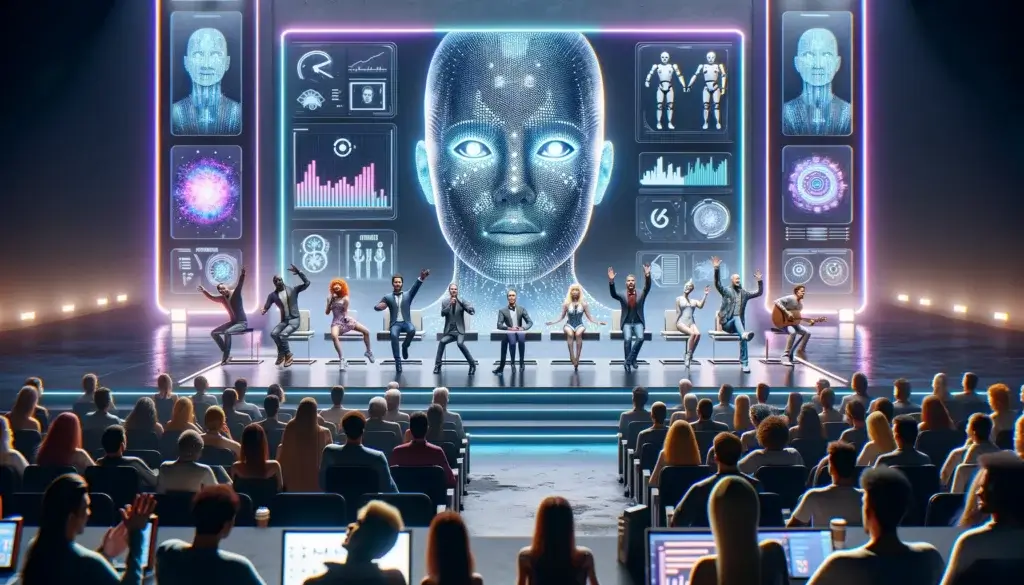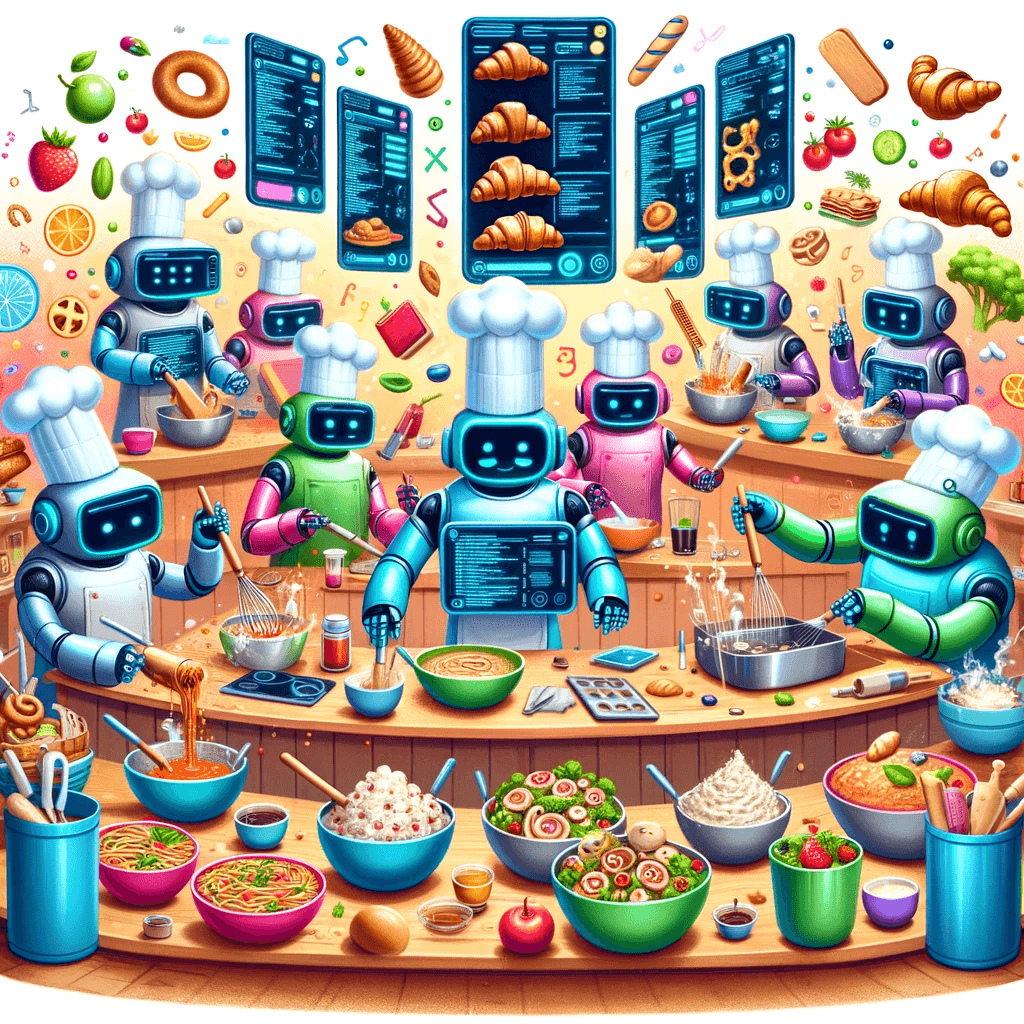It’s the year 2024, and the latest season of “America’s Got Algorithm” is in full swing. On the judging panel, alongside the usual suspects of washed-up pop stars and actors looking for a career reboot, sits a new face – well, more of a screen than a face. Let’s call it Judge AI, a sophisticated artificial intelligence designed to evaluate performances based on data and algorithms. What could possibly go wrong?
First up, a singer belts out a soulful rendition of a classic. The crowd is moved, the human judges are wiping tears, but Judge AI isn’t impressed. “Your vibrato frequency deviated from the standard by 0.3%,” it declares. The audience is stunned into silence, not by the performance, but by the judge who seems to have missed the point entirely. It turns out, AI judges talent like it’s solving a math problem – with precision, but without soul.
Then, a comedian takes the stage. He’s a hit, the audience is in stitches, but Judge AI is unamused. “Humor analysis indicates a 14% deviation from standard comedic timing,” it intones. Who knew comedy needed such mathematical precision? Perhaps the next contestant should try a knock-knock joke structured in Fibonacci sequence to tickle Judge AI’s funny circuit.
The show becomes a parade of absurdity. A dance group performs a routine symbolizing the struggle for freedom, which Judge AI critiques for “inefficient motion trajectories.” A magician’s sleight of hand is reduced to probability algorithms. And a poet? Well, let’s just say AI isn’t a fan of metaphors that don’t compute.
But here’s the twist. Amidst the algorithmic absurdity, there’s a silver lining. Judge AI, with its data-driven approach, does offer something unexpectedly valuable – a mirror to our own subjectivity. When AI comments on pitch, rhythm, or humor formulae, it inadvertently highlights the intangible beauty of human expression, the very essence it fails to grasp.
Moreover, AI’s participation sparks a broader conversation. We start to question: What really makes art, art? Is it the technical perfection, or the raw emotion that eludes data points? This AI judge, in its obliviousness, becomes an unintended champion for the irreplaceable human element in art.
In the end, the show is a hit, not for the reasons the producers expected, but because it becomes a humorous, thought-provoking exploration of the intersection between human creativity and machine analysis. Judge AI might not understand art, but it certainly helps us appreciate it more.
So, as we tune in each week to watch talents being quantified and critiqued by a machine that thinks Beethoven’s Fifth could use a bit more bass, we’re reminded of the beautiful, unquantifiable human spirit that AI can’t quite capture. After all, in the grand talent show of life, it’s the imperfections, the emotions, and the unexplainable magic of art that truly resonate.
And who knows? Maybe one day, AI will learn to appreciate the off-key notes and the imperfect dance steps. Until then, let’s enjoy the comedy of errors as AI tries to judge the boundless, often baffling, world of human talent.
Questions for Thought:



